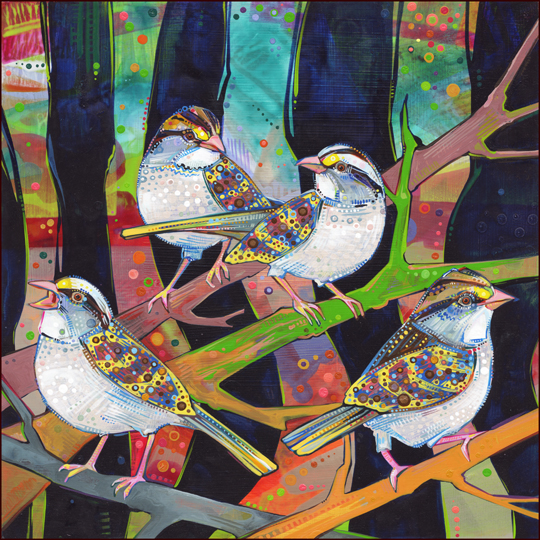
Surabhi, all of 17 years old, chastised me with mock anger, “ Will you NEVER understand anything I say?” I was being rebuked for referring to Surabhi as a lesbian in my conversation with her. I had been seeing Surabhi for her depression and self-harm for more than two years. She told me she is NOT lesbian but a pansexual, homoflexible person. It is apparently totally different from being lesbian. For a 53 year old psychiatrist, who did his post-graduation during the time same-sex sexual orientation was still regarded as a psychiatric disorder and sex was not something you talked about with ease in clinical settings, this was continuing education. I accepted it with good grace. Surabhi said that I must read her blog on Tumblr, to educate myself about the nuances of sexual orientation.
As a Clinician, who sees primarily young people, one of my key learnings has been to unlearn my preconceived notions about sex, gender and sexuality. Our service meets about 40-60 young people a year who themselves, or whose caregivers, have sought help to address concerns about their sexuality. There is a distinct increase in the numbers of young people seeking help. This has happened for several reasons. A part of it is to do with a greater acknowledgement that being LGBTQ is not ‘abnormal’.
Surabhi wanted me to negotiate with her father, who was in the waiting area of our clinic. She wanted to go on a date with a 16-year-old girl, whom she had met on Moovz, a gay dating app, similar to Tinder. “Baba, will never say no to you. He trusts you a lot,” she assured me. The task assigned to me on that day was to convince her father to allow his 17-year-old daughter to go on a date to a coffee shop. Surabhi had earlier declared to her parents that she is not straight. I had spent a significant amount of time ‘holding’ the family together during this turbulent period. To their enormous credit, both parents had gracefully, albeit sadly, accepted their daughter’s preference. Surabhi had now befriended a 16-year-old girl with whom she had been video chatting. She wanted to meet this girl for the first time in a coffee shop. Her father had explained why he felt he cannot say yes. My job was to convince him and allow his daughter to go and meet this girl, whom neither he nor Surabhi really ‘knew’.
As a clinician, grappling with the dilemmas of seeing adolescents who are coming out as lesbian, gay or transgender, this specific task assigned to me was novel.
What does one do with such a request? While listening to her, I was scanning my own biases and thoughts. Would I have hesitated if she wanted to date a boy? Would I have given it as much thought if she were an adult? What would be the other girl’s parents’ response if they knew that Surabhi had adults sanctioning their date? Are they at all aware that their child was video chatting with a girl on a gay dating app? Do I need to talk about the legality or rather the ‘illegality’ of a sexual relationship between two under 18 year-olds as per the POCSO Act? Or was I getting ahead of myself because for now Surabhi’s stated desire was to meet her online friend in the ‘real’ world?
As if the challenges of parents bringing up adolescents in a world dominated by social media is not enough, the addition of teaching these parents to accept different sexual orientations and the fluidity of gender in a gender-binary world can be daunting. My colleague, a thoughtful and skilled clinical psychologist had asked me once about how she could talk to her child about non-binary gender and sexual orientations and the concept of gender and sexual fluidity. She said that for her, as for most us, the script of gender and sexuality is the traditional one – the one which is dominated by the binaries of gender, which is a non-inclusive and an uninformed, skewed world view.
So, for strangers to the world of an LGBT adolescent, what is in their wish list to achieve a greater understanding? I know what is in mine, and so I asked Surabhi that before I think of how to go about her request, what she would like to convey to people like me, who know little beyond the binaries of gender. What would she wish to say to the likes of us, some of us who may feel disquiet when sitting face to face with someone whose gender and sexuality are fluid?
Surabhi was happy to educate me and her key messages are:
- Understand that gender and sexuality are TOTALLY separate.
- Non-binary/gender fluid people are not ‘aliens’ on this planet.
- Names, pronouns and gender markers are important. When you call me by the wrong name or pronoun, this can feel like an insult.
- Please do not force any treatment on us to ‘change our orientation’. We are not ill, and it violates our human and civil rights.
“So now will you talk to Baba about letting me go?” Surabhi impatiently asked me. I gave a nervous smile and called her father in to join us.
Cover Image: (CC BY 2.0)/Flickr